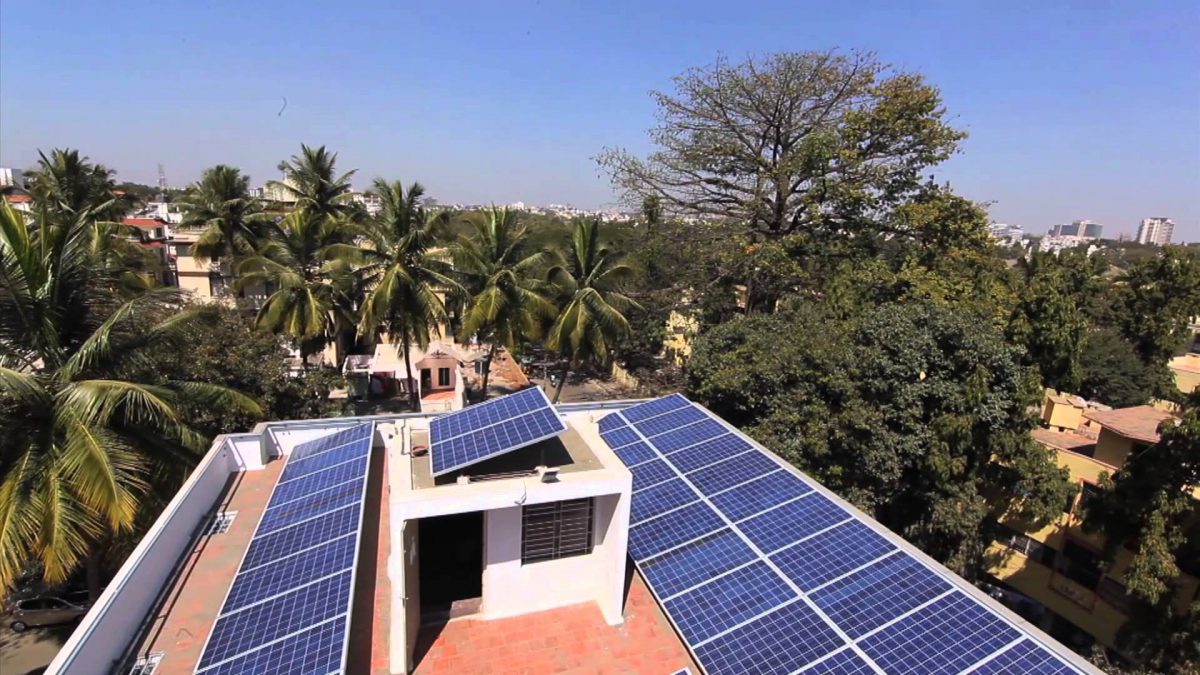The Solar energy policy was given to the public to make changes and recommendations. These are mine.
In Reference to “Draft Policy of Solar Energy for the approval by the govt of Goa 2017, located at www.goa.gov.in/wp-content/uploads/2017/03/Draft-of-solar-policy-for-Goa-2017.pdf
The following are my observations and recommendations
Document Observations
- Page 2, point d. “To Contribute to productive use of wastelands”, a proper process needs to be implemented is finding and using, such land resources. As this can be mis-used in the name of solar energy production. Land needs to be identified as “unfertile or unfit” for any other use prior to such definition as other activities like farming , forestation should be primarily carried out, if the land is capable in doing so. Only after all factors are considered.
- Page 2, point 6, “install 150 MW of solar PV power by 2022”. As per a 2015 document found on Goa Electricity Department website: https://www.goaelectricity.gov.in/Regulations/ElectricityDept%2030-05-15.pdf The total power consumption in 2015 is 552 MW. Consider a 10% growth rate yearly and many industries moving to electricity from fossil fuels. Im expecting this to reach about 850+ MW by 2022. So expecting just 150 MW is way too less and we need to focus on a 50% demand target by 2022 and to cut our grid dependence by 50%. The above document also says that we are already generating about 31 MW by solar (not sure where).
- Page 4, Point 7.3.2. “Term lease for 25 years”. Though it makes sense to provide a long term to have a proper ROI for the infrastructure implemented. However with a shorter term policy of 7 years, and changes during or after , could have a major impact on investments put in, by stake holders. There should be a long term investment protection plan (upto 25 years as per the lease agreement) so there is no impact to the implementation done.
- Page 5, Point 7.3.8. “the land shall be handed over to the govt free of all encumbrances”. A Proper demobilization process needs to be setup or defined, which involves removal of staffing, equipment and others, so there is the least possible impact.
- Page 5, “Development of Solar Panels on Canals”. This point is not very clearly defined and needs to have an Environmental assessment and other factors , since the canals infrastructure is not maintained well in Goa.
- Page 6, “Development of Solar Plants under any other scheme of Central or state”, More focus must be given towards state level schemes, since it will under the jurisdiction of the state and we will have more control on approvals and easier administration under our state.
- Page 17, Point 13. “Other incentives for promoting solar power”, The incentives mentioned are either too technical, that could benefit Solar dealers or related stake holders or legal benefits for applying for solar implementation and tax benefits. However what I feel is missing, is Cost Sharing of equipment purchase and installation to the end consumers or communities. This can easily encourage the local population to afford the cost of purchasing, implementation and supporting solar infrastructure.
- Page 9, Point 14. “Nodal Agency”, I believe the Agency, must include the following members as well in advisory or supervisory roles. 1. Members of the Industry, 2. Members from NGOs related to Renewal energy, 3. Members from the Meteorological dept to handle weather patterns, forecasts etc.
- Page 9, Point 15. “Role of the Nodal Agency” , I feel the point of imparting education, skill development is missing. The Nodal Agency, must start training to training new solar engineers to enter in to this field.
- General notes, there is a lot of spelling mistakes and grammar errors, that need to rectified before launching the final document.
Queries and Doubts
- There is a mentioned tie up already with Solar Energy Corp of India for 25 MW for 25 years from 2015. How is this going to be running parallel, with the new policy.
My recommendations
- Focus on Solar Energy education is vital to ensure this policy reaches its intended goals, this needs to be clearly defined in the policy
- The policy to enforce certain target conditions so that there are goals to achieve
- MegaProjects needs to compulsorily take minimum 40% of their electricity needs from Solar PV.
- Mining companies, need to enforce Solar usage on Used/Closed mines
- The govt needs to replace 80% of street lighting by 2022 to Solar powered LED lighting.
- 80% of government machinery must be shifted toward solar consumption by 2022
- Industry experts from International Organisations need to be involved in the concept of “Reverse Metering” when excess power is given back to the Utility Grid. Countries like Germany have successfully perfected this concept over the years. We need to ensure we invite them to oversee the complete policy, to ensure a better success rate.
- The policy should include procedures, when more than one individual (community based projects) work together to achieve the solar goal.
- The Technology used would constantly upgrade, the policy must enforce that constant upgrades for better results is always applied. Today, we have solar panels, that rotate with the sun, shut down during storms and more. All this needs to be applied to fit within our goan environment.
- Organisations like municipalities, panchayats need to encourage solar implementations in their towns and villages and they need to be stakeholders to encourage this platform. Their roles and participation needs to be documented


